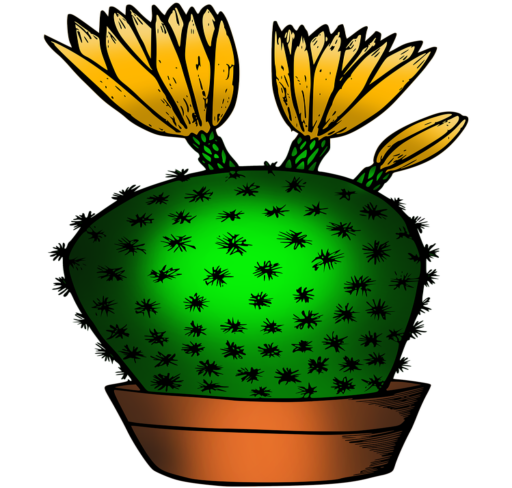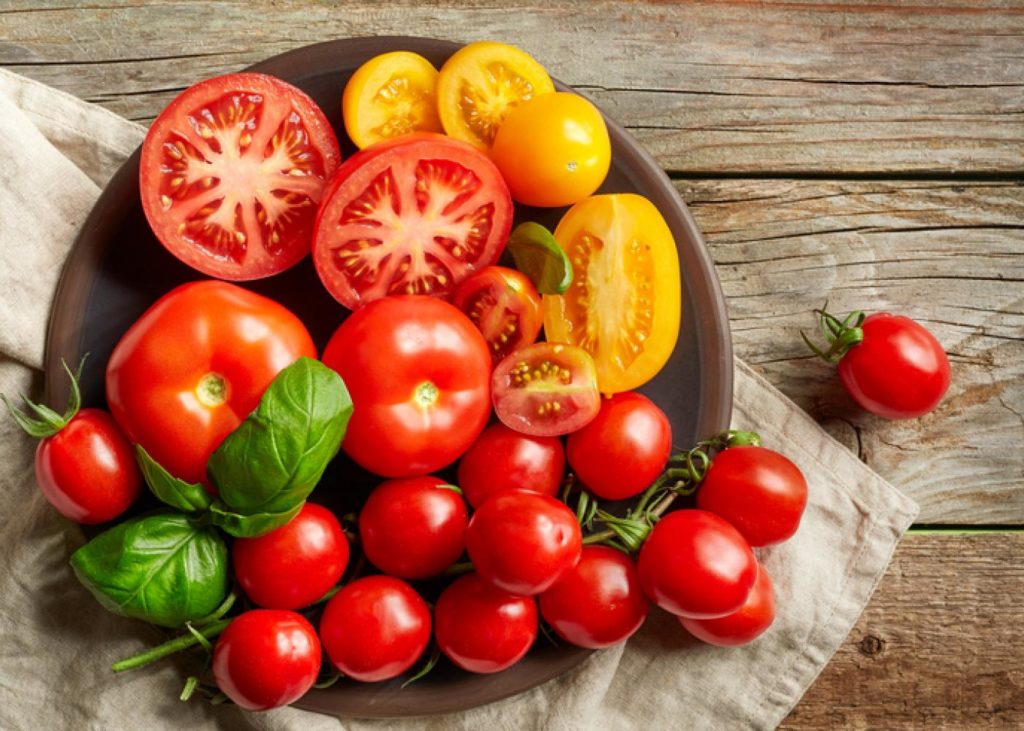
Easy Steps: From Seeds to Plants to Tomatoes to Harvest
Growing Tomatoes:
Tomatoes are one of the most popular crops for home gardeners, and for good reason. They’re easy to grow, they produce abundant fruit, and they taste delicious. Here’s what you need to know to harvest your tomatoes:
Choose a sunny spot in your garden with well-drained soil.
Tomatoes need a lot of water, so make sure to water them deeply once or twice a week.
Use a tomato cage or stake to support the plant as it grows.
Fertilize the plant regularly with a balanced fertilizer.
Timing: Tomatoes are ready to harvest when they’re fully ripe and have a bright color. They should be firm but not hard, and they should come off the vine easily when gently tugged. You can pick them before they’re fully ripe and let them ripen off the vine, but they’ll taste best if allowed to ripen on the vine.
Harvesting: To harvest your tomatoes, gently grasp the fruit and twist it until it comes off the vine. Be careful not to pull too hard, as this can damage the plant. You can use a sharp pair of scissors or pruning shears to cut the fruit off the vine if needed.
Storing: Tomatoes can be stored at room temperature for a few days, but they’ll last longer if stored in the refrigerator. If you have an abundance of tomatoes, you can also freeze them for later use. To freeze tomatoes, blanch them in boiling water for a few minutes, then place them in an airtight container or freezer bag and store them in the freezer.
Plant Tomatoes Seed Indoors
Sow tomatoes seed indoors 6-8 weeks before the last frost in spring using a seed starting kit. Sow seeds ¼ inch deep in seed-starting formula
Keep the soil moist at 75 degrees F. Seedlings emerge in 7-14 days.
Seedlings Need Abundant Lighting
As soon as seedlings emerge, provide plenty of light on a sunny windowsill or grow seedlings 3-4 inches beneath fluorescent plant lights turned on 16 hours per day, off for 8 hours at night. Raise the lights as the plants grow taller. Better yet, try the new affordable full spectrum LED plant grow lights.
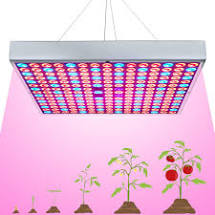
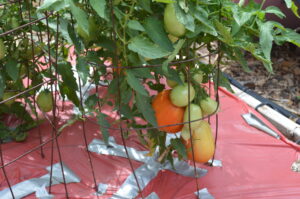
Seedlings do not need much fertilizer, feed when they are 3-4 weeks old by using a starter solution (half strength of a complete indoor houseplant food) according to manufacturer’s directions.
If you are growing in small cells, you may need to transplant the seedlings to 3 or 4 inch pots when seedlings have at least 3 pairs of leaves before transplanting to the garden so they have enough room to develop strong roots.
Hardening Off
Before planting in the garden, seedling plants need to be “hardened off”. Accustom young plants to outdoor conditions by moving them to a sheltered place outside for a week. Be sure to protect them from wind and hot sun at first. If frost threatens at night, cover or bring containers indoors, then take them out again in the morning. This hardening off process toughens the plant’s cell structure and reduces transplant shock and scalding.
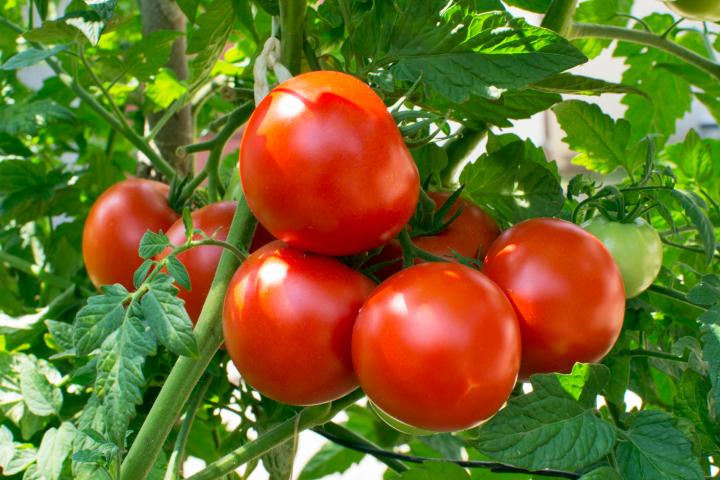
Plant Baby Tomatoes into the Garden Soil
Select a location in full sun with good rich moist organic soil. Make sure you did not grow tomatoes, peppers, eggplant or potatoes in the bed the previous year to avoid disease problems. Click on Picture Below for More Info.

Prepare the Garden Soil
Prepare the bed by turning the soil under to a depth of 8 inches. Level with a rake to remove clumps of grass and stones.
Tomatoes should be set 30-48 inches apart in a row with the rows spaced 3-4 feet apart. It can be tempting to space tomatoes more closely at planting time, but if you plant too closely you will increase the chance of disease, and decrease yields.
Dig a hole for each plant large enough to amply accommodate the root ball.
Carefully remove the plant from its pot and gently loosen the root ball with your hands to encourage good root development.
Plant Tomatoes Deeply
Tomatoes can be planted deeply, with the stem buried to the first set of leaves. The more deeply they are planted the more roots will form, providing the plant with additional support and better ability to take up nutrients. Some gardeners plant tomatoes by digging a horizontal trench and laying the plant in the trench with the top 2-4 inches of the plant pointing upward.
Fill the planting hole with soil to the top and press soil down firmly with your hand leaving a slight depression around the plant to hold water.
Click on Picture Below for More Info.
Use a plant tag as a location marker. 
This is particularly important if you are trying different varieties. It is very difficult to tell which variety is which from the foliage.
Water thoroughly, so that a puddle forms in the saucer you have created. This settles the plants in, drives out air pockets and results in good root-to-soil contact.
Tomatoes Need Support
Place your plant support at this time. You can try tomato cages or staking. Unsupported plants will sprawl on the ground, require no pruning, and will probably produce a larger yield of smaller fruit than will staked plants. For larger, cleaner, more perfect fruits, support plants as they grow. Click on Picture Below for More Info.
Growing on stakes: Place strong stakes in the ground and set plants about 6 inches from the stakes. Growing in cages: Place a cage around a single plant; let the vines grow and enlarge within the cage, no pruning will be necessary.
How to Easily Grow Fantastic Tomatoes
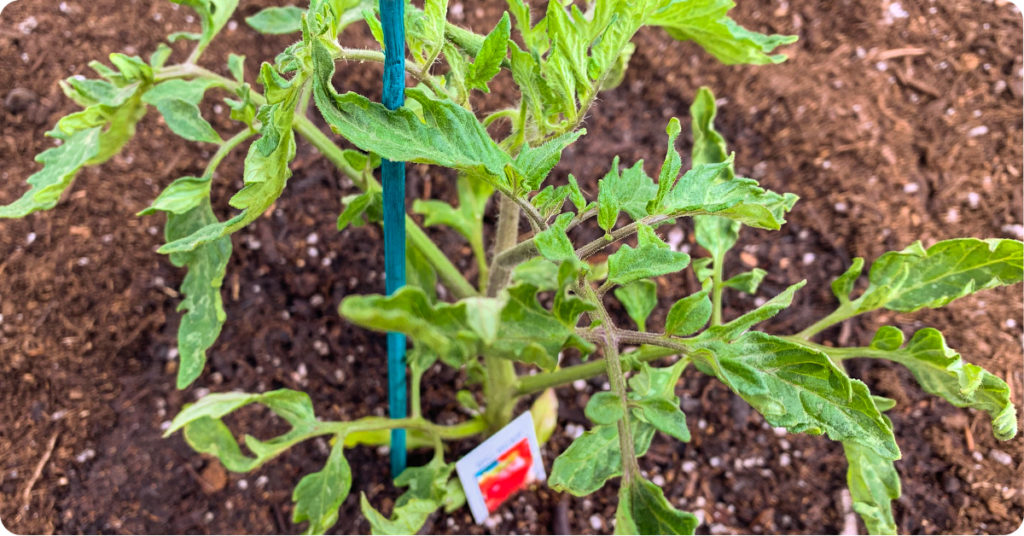
Keep weeds under control during the growing season. Weeds compete with plants for water, space and nutrients, so control them by either cultivating often or use a mulch to prevent their seeds from germinating.
Click on Picture Below for More Info.

Mulches also help retain soil moisture and maintain even soil temperatures. This is especially important for tomatoes as their roots may be easily damaged when weeding, and this can lead to blossom end rot.
Consistent Watering is Imperative
Keep plants well-watered during the growing season, especially during dry spells. Plants need about 1-2 inches of rain per week during the growing season. See: Watering Your Garden. Use a rain gauge to check to see if you need to add water. It’s best to water with a drip or trickle system that delivers water at low pressure at the soil level. Click on Picture Below for More Info.
If you water with overhead sprinklers, water early in the day so the foliage has time to dry off before evening, to minimize disease problems. Keep the soil moist but not saturated.
If growing on stakes: As the plants grow, allow only one or two main stems to grow and pinch out any other side shoots as they form. Gently tie the one or two remaining shoots to the stake; don’t pull them tightly against the stake. If growing in cages, no pruning is necessary.
Whether to remove the side shoots, or suckers, that grow out of the leaf axils or not depends on the support system used. Gardeners using stakes usually snap off these side shoots. They typically get earlier and larger tomatoes but overall production tends to be less. If tomatoes are grown in cages, the suckers are generally left on, although it’s a good idea to pinch the tip out of them when they are 6-8 inches long. Regardless you may want to remove all the growth from the bottom 6-10 inches of the plant.
Good Air Circulation Reduces Plant Diseases
This helps to improve air circulation and reduce the spread of diseases such as early blight. Wait until the plants are knee-high. In the morning when the plants have the most water in them, snap off the lower growth while it is small. Any plants that look sick with distorted foliage or have a mosaic pattern on the leaves should be removed as they may have a virus that can spread to the other plants. It is best to do this early in the season.
Monitor for pests and diseases. Check with your local Cooperative Extension Service for pest controls recommended for your area.
Tomato Seeds – Ace 55, Vegetable Seeds, Ed…
Grow Heirloom Tomatoes – Plant Ace 55 Tomato SeedsThe Ace 55 is a classic American toma… [More]
Harvesting and Preserving Tips
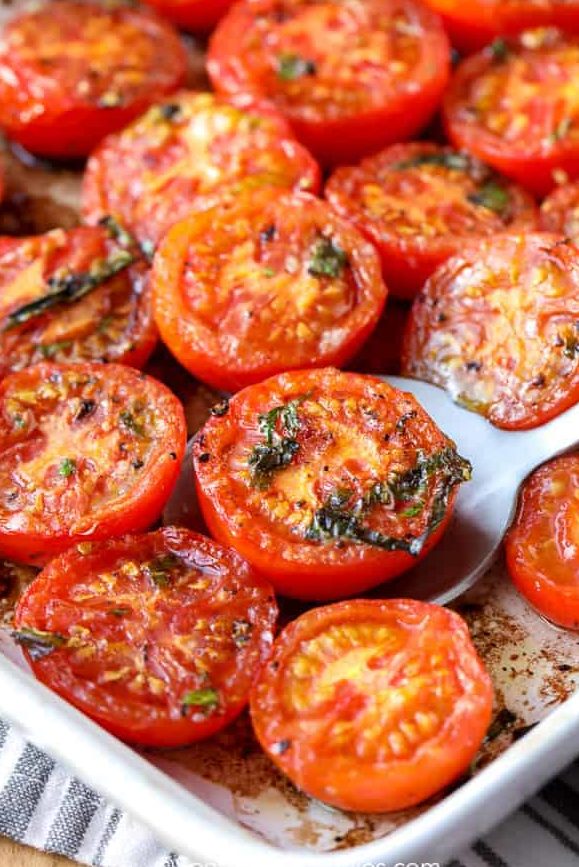
Determinate tomato plants ripen a heavy crop over a few weeks. Indeterminate varieties bear fruit continuously until frost. Remember that the days to harvest refers to the time from setting out transplants in the garden.
Pick tomatoes when they are as ripe as possible. They should be fully colored and firm and picked regularly to avoid overloading plants.
At the end of the season, when you know there will be a frost, pick all the almost-ripe tomatoes you can, and ripen them in brown bags or spread on newspapers at room temperature. Many cultivars will store for months. Store only sound fruit, at 50-60°F. Do NOT refrigerate and try to avoid having the fruit touch each other.
Note: The foliage of tomatoes is toxic and should not be eaten.
Tomato fruits are enjoyed in many cooked dishes as a flavoring. Use them to make soups, sauces, stews, ketchup, paste, juice, quiche, and pies. Add them to curries, casseroles, and chutney.
Can Your Surplus Tomatoes to Eat All Winter Long.
Click on Picture Below for More Info.

Tomatoes Taste Incredible Fresh and Cooked
One of the ways I love to eat tomatoes is to take a saltshaker with me to the garden. Then pick the ripest tomato I can find and eat it right there in the garden. Indescribably delicious way to connect with the plant and garden.
Why did the tomato turn red? Because it saw the salad dressing!
